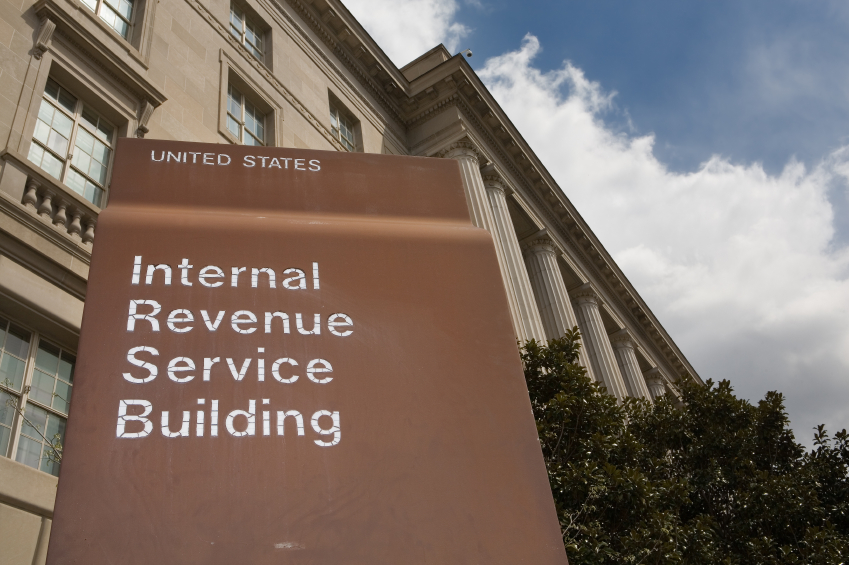IRS Issues Tax Blueprint for Like-Kind Exchanges
If own property like real estate that has appreciated substantially in value, you might owe a large capital gain if you sell the property. In addition to paying the maximum 20% tax rate on long-term gains if you’re in the top ordinary income tax bracket..
Nov. 21, 2018

The IRS is reminding investors and business taxpayers that the new Tax Cuts and Jobs Act (TCJA) eliminates the tax benefits for “like-kind exchanges” other than those involving real estate transactions (IR-2018-227, 11/19/18). Previously, a wide range of like-kind exchanges qualified for a tax deferral break. The change is generally effective for exchanges completed after December 31, 2017.
This tax law crackdown may have a wider impact than you think. It applies to exchanges of personal or intangible property such as machinery, equipment, vehicles, artwork, collectibles, patents and other types of intellectual property. In other words, you can no longer avoid current tax when you trade in one business car for another. And, unlike many other TCJA changes that are temporary, this provision is permanent.
However, you can still arrange a “tax-free swap” of real estate, a common maneuver, if certain requirements are met. As is often the case in the tax world, timing is everything.
Basic premise: If own property like real estate that has appreciated substantially in value, you might owe a large capital gain if you sell the property. In addition to paying the maximum 20% tax rate on long-term gains if you’re in the top ordinary income tax bracket (15% for most others), you may also be liable for the 3.8% tax on “net investment income” (NII). Yet there is no current tax liability if you exchange the property for like-kind property in time except for any ”boot” you receive. For instance, one party may get cash to even out the deal. Otherwise, the tax is deferred until you sell the replacement property…if ever.
Surprisingly, the IRS is quire lenient when it comes to treating real estate property as being like-kind for this purpose. For example, you might swap an apartment building for a warehouse, or vice versa, and still qualify for tax deferral. But both the property being relinquished and the property you’re acquiring must be investment or business property. So, you can’t complete a deal involving a personal residence.
Typically, real estate swaps are difficult to consummate without bringing in multiple parties. Both the IRS and the courts have approved such arrangements where the timing requirements in met. In fact, a real estate investor may use a qualified intermediary to “park” the property until a qualified like-exchange can be finalized.
Consider the tax ramifications for a high-income investor who bought an apartment building for $500,000 years ago that is now worth $1.5 million. If the investor sells the property for $1.5 million, the $1 million gain may effectively be taxed at a 23.8% rate (20% + 3.8%), resulting in a tax bill of $238,000, not even counting any state taxes. However, if a timely swap of like-kind properties is arranged, the federal income tax bill is zero.
What are the timing requirements? To qualify for tax deferral on a like-kind exchange, you must: (1) Identify or actually receive the replacement property within 45 days of transferring legal ownership of the relinquished property and (2) receive title to the replacement property within the earlier of 180 days or your tax return due date (plus any extensions).
Note that the 180-day period begins to run on the date legal ownership of the relinquished property is transferred. If the period straddles two tax years, the deadline might be shortened by the upcoming tax return due date. For instance, if a client identifies replacement real estate property on December 1, 2018, the exchange must be completed by April 15, 2019, absent any tax return extension.
If a taxpayer arranges a like-kind exchange of real estate, he or she must file
Form 8824, Like-Kind Exchanges, with their tax return for the year the property is transferred. This form helps determine the amount of gain deferred as a result of the like-kind exchange plus the basis of the like-kind property received. Provide the assistance your clients will need with these real estate transactions.
